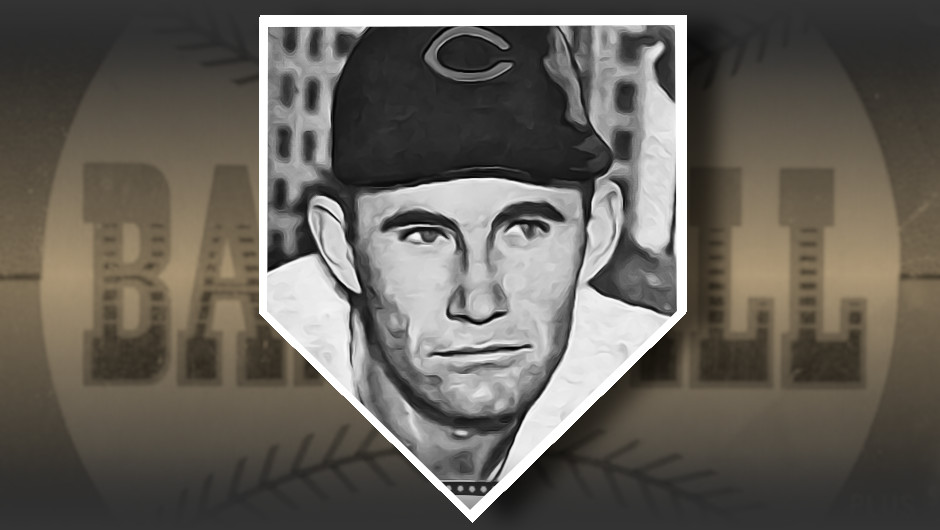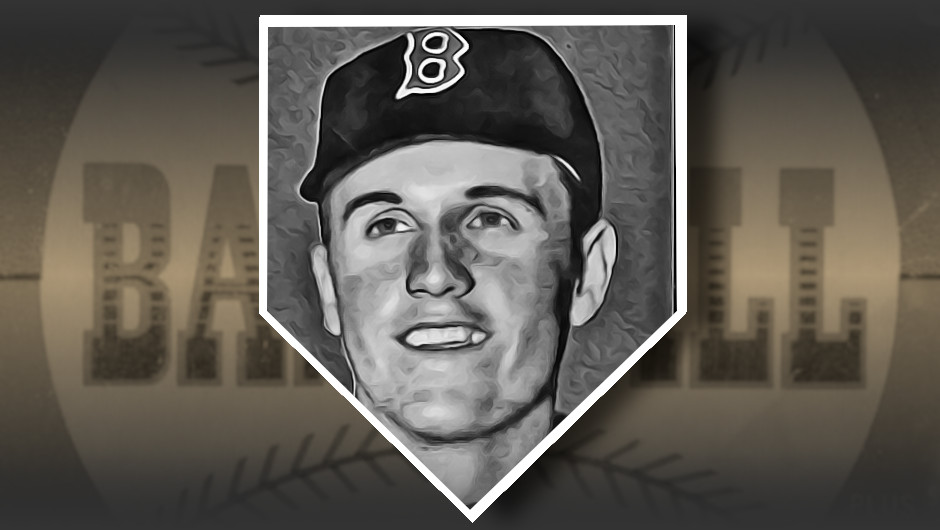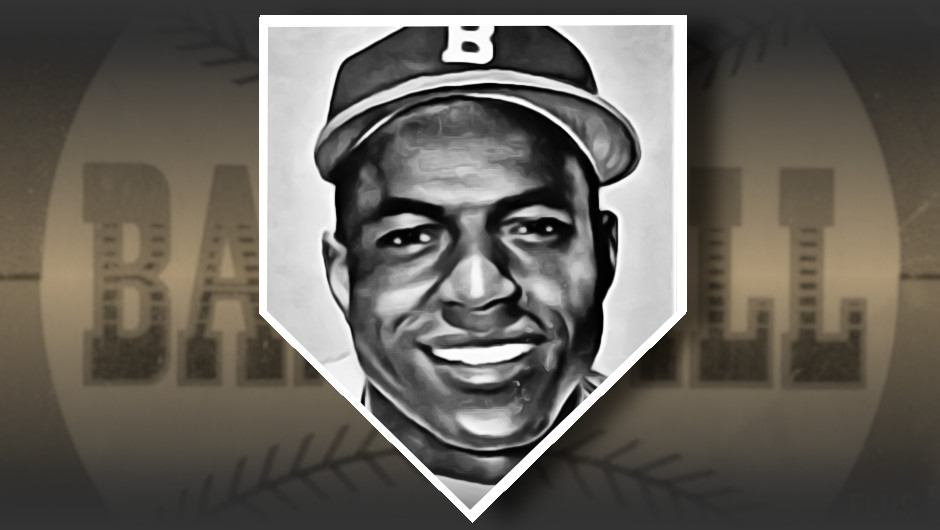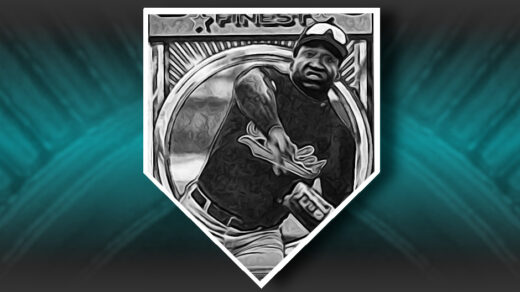I like talking about 1952 Topps baseball cards, but it is a decidedly non-sports card issued that year that best introduces today’s topic. Topps issued a set of aviation-themed cards that largely depicted military aircraft. World War II had spurred huge technological advances, notably the use of jet propulsion in place of the rotary aircraft with which the world first entered the conflict. The 1952 Topps Wings cards are interesting because the checklist includes a pair of the first commercial jet aircraft interspersed between artists’ renderings of Spitfires, Messerschmitts, and jet fighters.
Prior to 1952 there were no commercial jets. Taking a jet flight meant you were either a test pilot hoping to make it back the ground in one piece or on your way to blow up an enemy position. Commercial flights of the day still resembled the final airport scene in Casablanca. By the end of 1952 jet planes were clearly what would replace a large proportion of the civilian fleet. Making its debut that year was the Avro Jet Liner, a Canadian offering that ended up a commercial flop but one that gave a popular name to the new class of aircraft. For decades any kind of jet passenger travel was said to take place on a jetliner.
While the Jet Liner won the battle for giving a name to this mode of travel in the public consciousness, it lost the competition for being the first to enter service. The de Havilland 106 Comet began passenger flights two weeks ahead of Avro’s offering in May 1952. The idea of jet travel took hold and the world was changed.

Change wasn’t just taking place in the air. Baseball cards were changing as well. Topps challenged Bowman for supremacy in baseball cards in 1952 with a 407-card issue. The set brought a new, larger format that set the standard for the next several years. Colorized photography became the norm, with the stats and team logos Topps introduced soon becoming standard across card production.
It also wasn’t just baseball cards that were changing, but rather the game itself. These pieces of cardboard were issued just five years after Jackie Robinson and Larry Doby made their debuts in previously segregated leagues. Stars from the assortment of leagues collectively making up the Negro Leagues were being signed to the rosters of American and National League teams. One of these newcomers was Sam “Jet Propelled” Jethroe who immediately took home 1950 NL Rookie of the Year honors with the Boston Braves. He remains the oldest player to ever win the award as he turned 33 years old before making his debut. Note that the team’s press materials indicated he was 5 years younger, giving him the fictitious 1922 birthdate appearing on his baseball card.
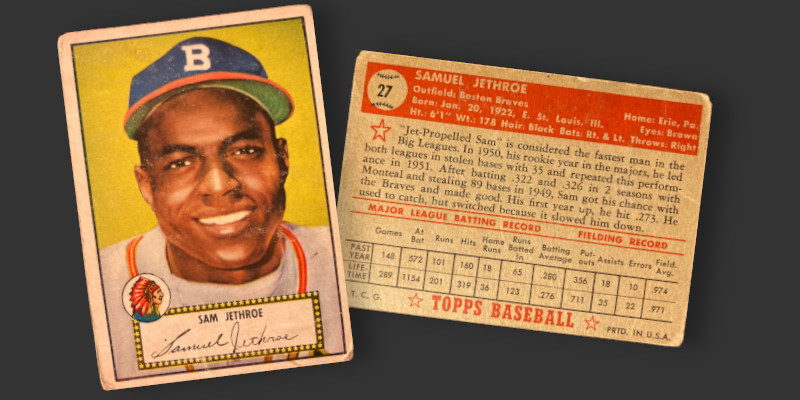
Jethroe used his incredible speed to steal bases at a jaw dropping clip. He led both the NL and AL in stolen bases in his rookie season, more than doubling the tally from the American League’s leader. He repeated topping the standings of both leagues in his second season. Issued prior to the start of the ’52 campaign, his Topps card immediately highlights these feats in the biographical text on the back.
The Braves weren’t Jethroe’s first brush with an MLB team in Boston. The Red Sox concocted a rather poor imitation of a tryout camp for three black players in 1945 in an effort to reduce pressure on the team’s segregated status. Jethroe was one of three players invited to audition for the Sox, along with Jackie Robinson and Marvin Williams. The Red Sox’ stumbled badly in this effort, managing to ignore players clearly better than many on a draft-depleted team while simultaneously alienating all involved. Heavily influenced by owner Tom Yawkey (unrelated fun fact: He was instrumental in the creation of a brothel in South Carolina) and team leadership, no effort was made to even contact the trio of players after the tryout and no black man was signed until the 1959 season.
Jethroe and Robinson were both signed by the Brooklyn Dodgers which assigned them to minor league seasons with their Montreal farm club. Robinson famously went on to play with the Dodgers in 1947, while Jethroe’s contract was sold to the Boston Braves.
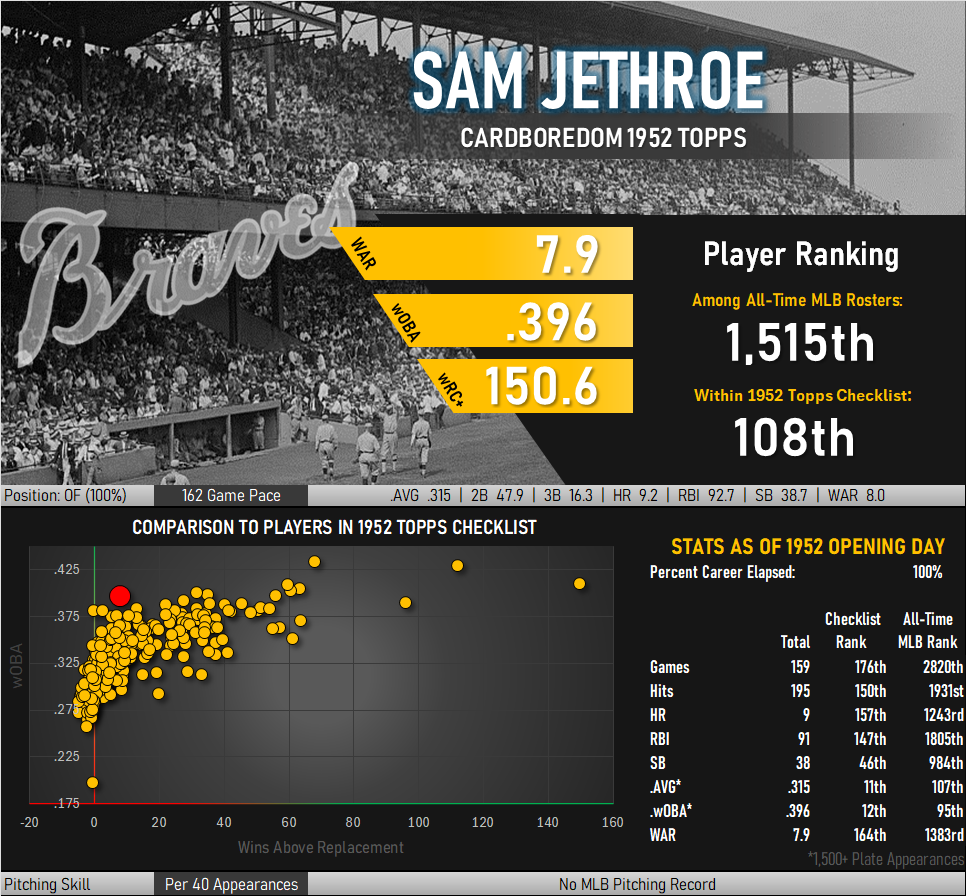
The chart above compares Jethroe’s short-lived MLB career output with that of the other players appearing in the 1952 Topps checklist. What this omits is the decade of production he accumulated in more than a decade of minor league and Negro Leagues play. In the International League he set a single season record of 89 stolen bases. A majority of Jethroe’s Negro League performance has yet to be cataloged, but there exists enough box scores to show just how good he was in his prime. Seamheads is a great repository of this information and provides a profile detailing his stats. Annualized to a 162-game pace, Jethroe annually lit up opposing teams for an average of 44 doubles, 17 triples, 40 stolen bases, and a .302 batting average. This is a guy who likely would have put up 50+ career WAR, sort of approximating Kenny Lofton with less defensive ability.
Declining eyesight weighed on Jethroe’s production after the release of this baseball card. His batting average fell and defensive shortcomings in the outfield became more pronounced. He only had one more appearance on a baseball card (1953 Bowman Color) before finishing the remainder of the decade as a minor leaguer.
His speedy, startling debut and subsequent deterioration has led multiple writers to describe his career arc as being akin to that of a comet. That may be, but to me Jethroe reminds me more of a closer body inhabiting the skies. The DH-106 Comet that became the first commercial passenger jet arrived with great fanfare, only to see fatigue set in on its airframe at an earlier than expected age. In 1953, at the same time Jethroe was struggling at the plate, a trio of Comets suffered in-flight breakups and crashed.
Today there are none of these aircraft in regular service and Jet-Propelled Sam has long passed away. However, aircraft manufacturers seriously studied the Comet and overhauled their designs to avoid mistakes and better take advantage of what jet propulsion offered. Likewise, the early experiences of Jethroe and the first cohort of black players of which he was an integral part changed baseball. Thanks to work pioneered by the de Havilland design teams, air travel today is much, much better than it ever has been. Thanks to Sam Jethroe and players like him baseball is much, much more enjoyable. Thank you, Sam.


